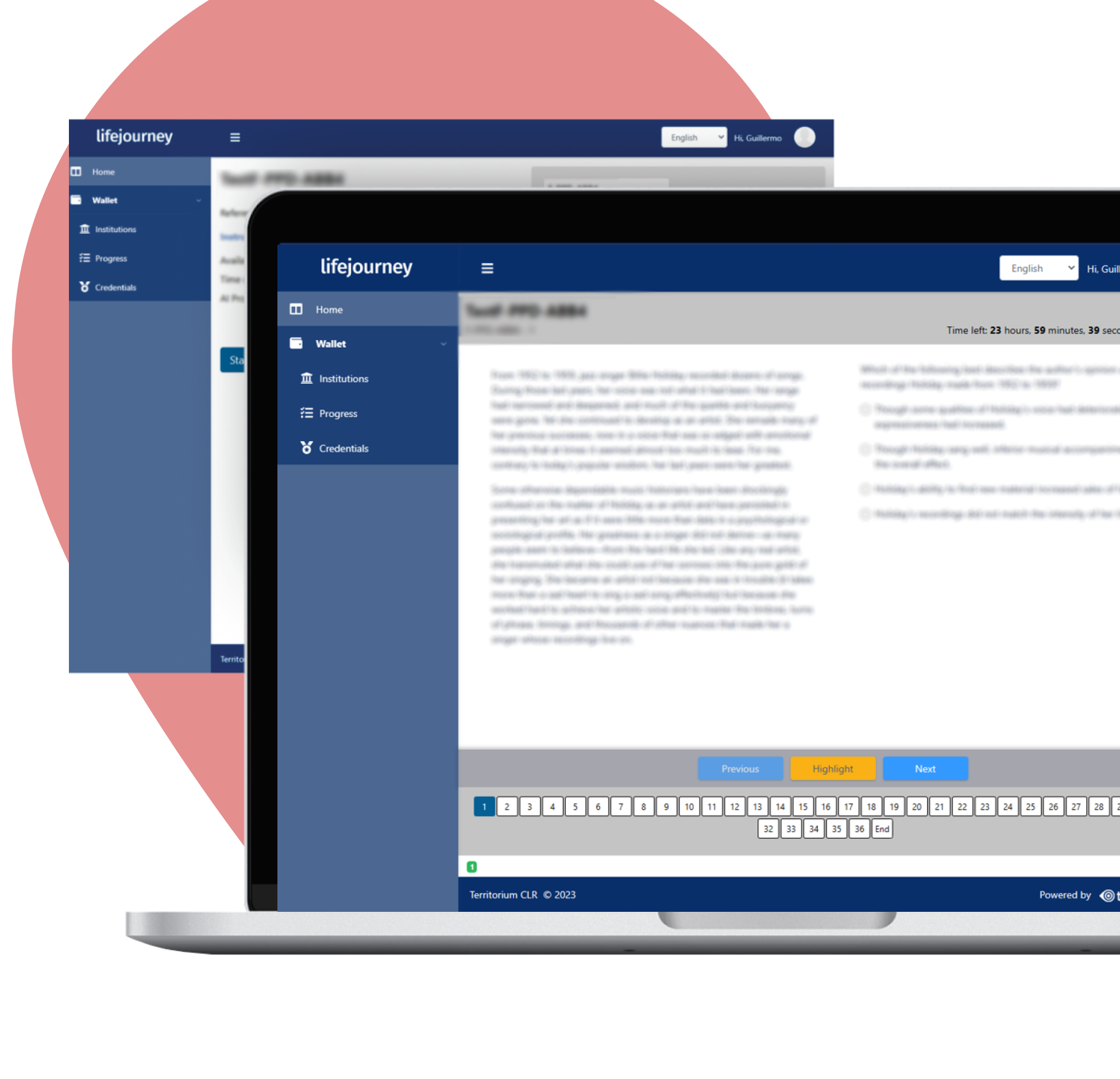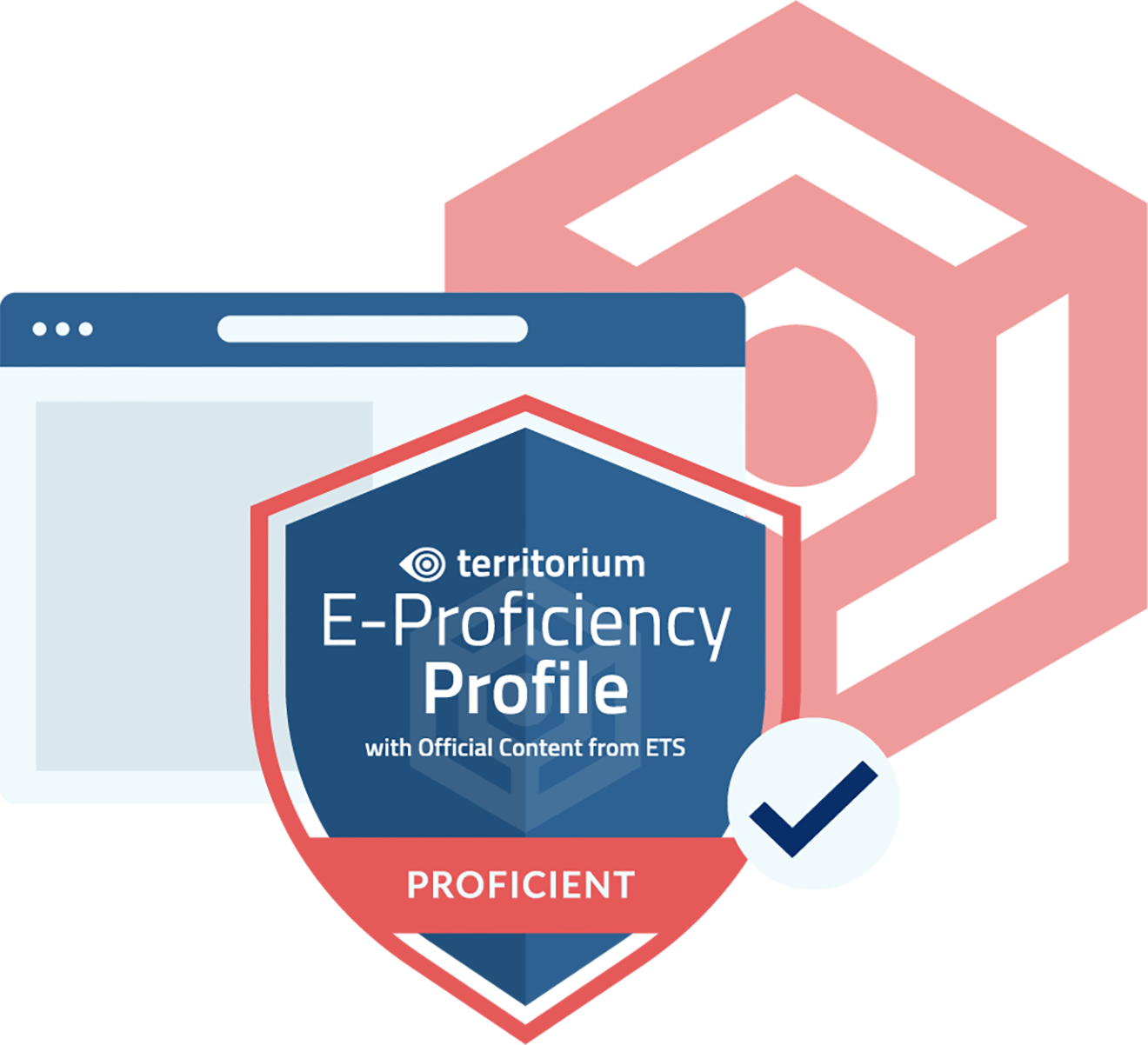Demonstrate Higher Education Program Effectiveness
The E-Proficiency Profile (EPP) with official content by ETS is a general education outcomes assessment of core skills used by higher ed institutions to demonstrate program effectiveness, assessing and demonstrating student learning while optimizing institutional time and resources.

New User?
Current User?
You can order directly from your online account.
E-Proficiency Profile Content
Reading Questions
The reading questions test ability to interpret the meaning of key terms, recognize the primary purpose of a passage, recognize explicitly presented information, make appropriate inferences, and recognize rhetorical devices.
Critical Thinking Questions
The critical thinking questions test ability to recognize assumptions, recognize the best hypothesis to account for the information presented, recognize flaws and inconsistencies in arguments, and draw valid conclusions from the information presented.
Writing Questions
The writing questions test ability to recognize the most grammatically correct revision of a sentence, organize a short piece of writing, and recognize errors in grammar and usage.
Mathematics Questions
The mathematics questions test ability to interpret mathematical terms, interpret tables and graphics, evaluate formulas, compare numbers expressed in different ways, interpret ratios, proportions, and percentages, and recognize equivalent mathematical formulas or expressions.
Data Reported Immediately
Institutions have access to:
- Total score, subscores, and proficiency classifications for individual testers
- Total score, norm-referenced subscores, and criterion-referenced scores at the cohort level
Learners receive total score; Standard form test takers also receive skill subscores and context-based subscores
Sample Questions
Want to see a sampling?
Learn more about the skills measured, contexts covered and the difficulty of the questions.
Download sample questions
Badges
Acknowledge proficiency and give learners a way to share their accomplishments online in a simple, trusted, and easily verified format. E-Proficiency Profile badges are issued at the performance level: Advanced or Proficient.
